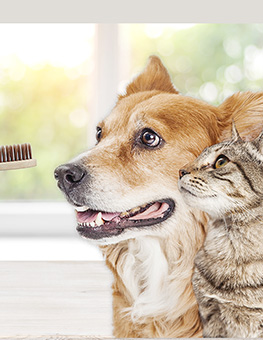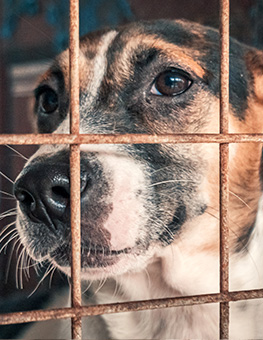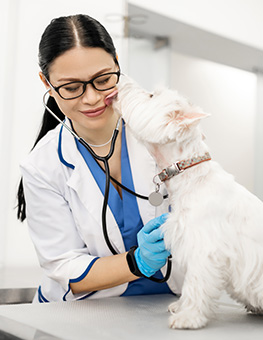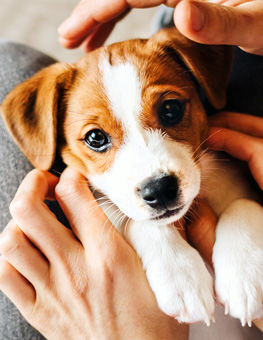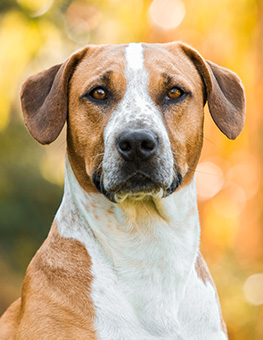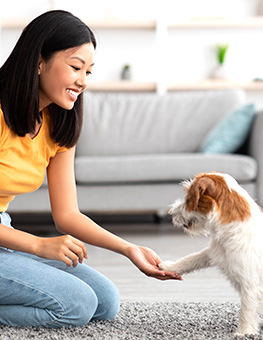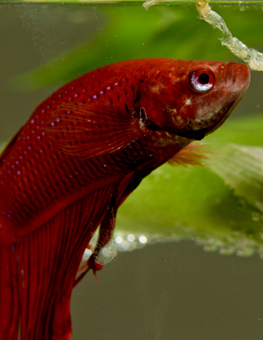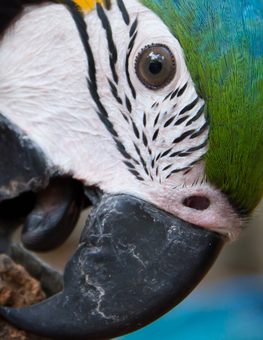Training Tip: How to Keep Your Dog from Biting
Sometimes, even the most diligent dog training can’t prevent a bite. It’s important to know the signs that a bite is coming and how you can act to deter this.
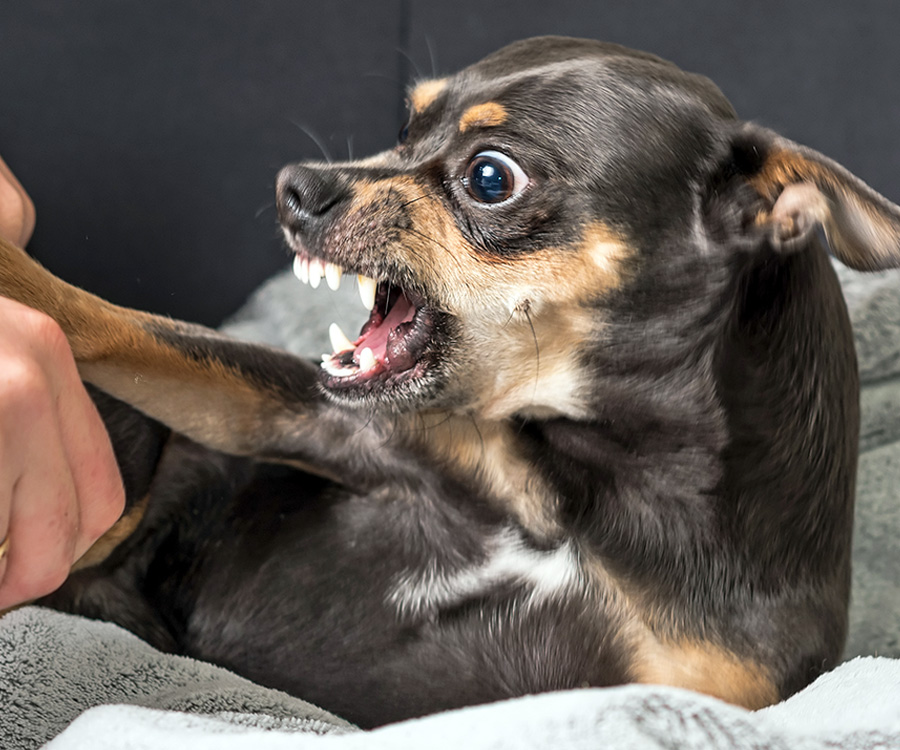

Recognizing the signs of an impending dog bite can help you avoid one.
Though dog training can help greatly reduce your dog’s likelihood of biting, there is no way to ensure that your canine companion will not at some point resort to this aggressive tactic. Likewise, you cannot trust any dogs you encounter, whether they are your friend’s or a stranger’s, to be well trained and not have any dog behavior problems.
For these reasons, it is important to be able to recognize the signs and signals of an impending dog bite. If you are able to manage your reaction to a dog showing aggression, you will increase your chance of avoiding a dog bite. Here are some signs that a dog may be about to attack:
Change in Posture: When dogs are about to bite, they will usually take an aggressive stance. This includes becoming stiff and rigid, especially in the hind legs, raising the hair and tail, or tucking the ears flat against the head. Alternately, a dog that slowly and stiffly wags its tail, cowers, or tucks it tail underneath himself may also be warning of an attack.
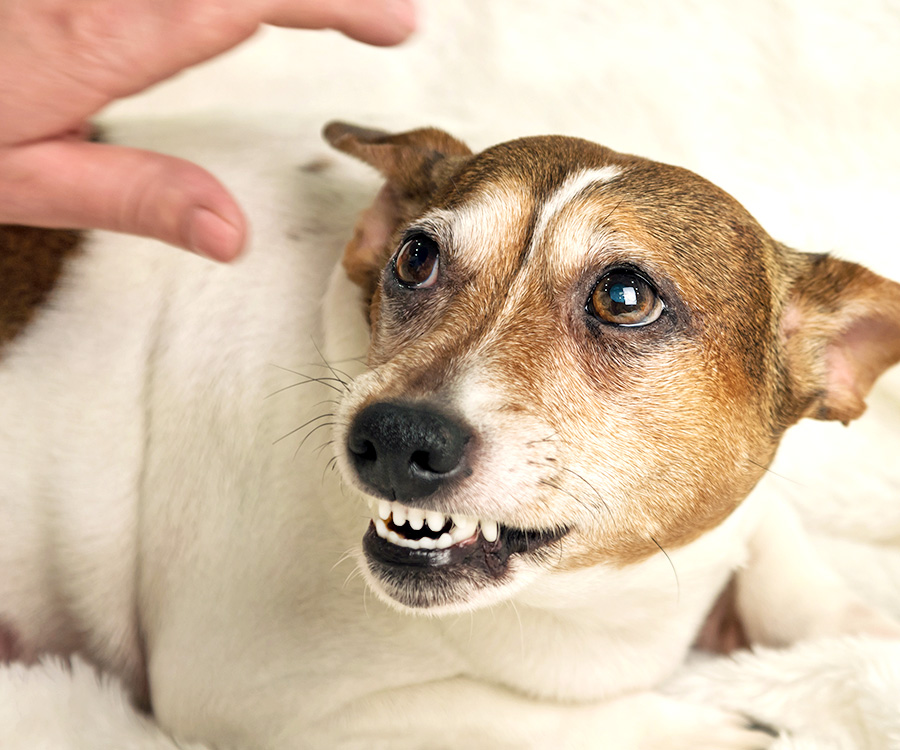

Dogs often give verbal warnings of their intentions, such as by growling.
Facial Expressions: A dog warning of an impending bite may often look directly at his target and show his teeth. He may sometimes lick his chops, as well. Facial warnings may also take on a slightly less aggressive tone though.
Verbal Warnings: A dog bite is often preceded by the dog warning of his intentions out loud. This can be done by barking or growling aggressively (often accompanied by bared teeth). Oftentimes, a dog about to bite will bark or growl very deeply and menacingly.
Threatening Actions: A dog will often warn of a bite with other aggressive dog behavior. This could mean a variety of actions, including: Lunging, nipping, striking with the nose, and mouthing.
It is very important to know how to respond to aggressive dog behavior. While dog training is important, the Center for Disease Control and Prevention stresses that even the best-trained dogs may at some point bite a human. In this case, it is important to do some people training to know how to respond to a dog that is getting aggressive. Here are some important things to remember:
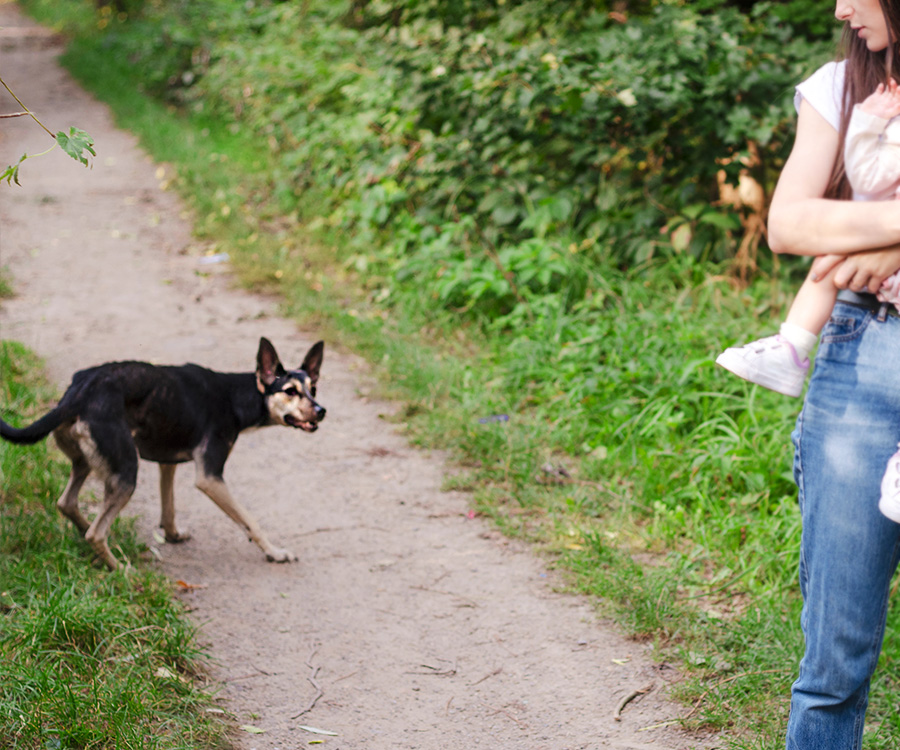

If you happen upon a strange dog, remain calm and back away slowly.
Avoid Unfamiliar Dogs: While you may recognize your dog’s moods and habits, strange dogs present a much greater risk. Do not approach a strange dog, especially if you think it may be acting aggressively.
Don’t Put Yourself in a Bad Situation: Dogs tend to get more aggressive when they are interrupted doing something else such as eating, playing with a toy, sleeping, or interacting with other dogs. Avoid approaching a dog during these situations.
Reacting: If you are faced with an aggressive dog, the best thing to do is remain calm. Dogs will naturally want to chase you if you turn your back and run. Furthermore, if you scream, it will alarm the dog and worsen the situation. Try to remain as still as possible, keep your hands down and do not make eye contact with the dog. As the dog starts to calm down, you can back away slowly until you are a safe distance away.
If You are Attacked: Try to divert the dog by putting something (a purse, backpack, jacket, etc.) in the dog’s mouth. If you are knocked down, roll into a ball and cover your ears and try to remain still. Report any dog bites to the proper authorities and seek proper medical attention for any wounds.



